This month, I managed to read 11 books. I knew spending time in isolation would mean more time for reading, but I wasn’t expecting this much time. I’m not complaining though – I got to read plenty of books that have been on my TBR for a while. I also got to three library holds that arrived this month. And while I didn’t love every book I read, I think this was a pretty solid reading month overall.
So here’s everything I read this April!
Wide Sargasso Sea by Jean Rhys
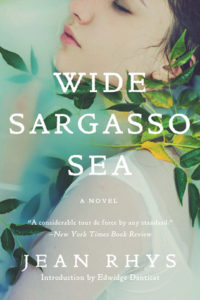
⭐️⭐️.5
Wide Sargasso Sea depicts Antionette Cosway’s story, otherwise known as “the madwoman in the attic” from Jane Eyre. The book is an unofficial take on her life growing up in the Carribean and how she is sold into marriage with Mr. Rochester.
I was excited to read what is essentially an extention to one of my favorite classics, but sadly this book did not live up to my expectations. I thought that the setting and Cosway’s backstory brought a lot of depth into the story, but the execution of both Cosway’s and Mr. Rochester’s character fell flat for me. The choice of characterization and narration of the story elements were good, but I didn’t feel that it was the right fit for what this book set out to do.
You can read my full review on my Goodreads here.
The Lost Book of Adana Moreau by Michael Zapata
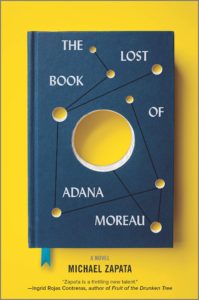
⭐️⭐️⭐️⭐️
The Lost Book of Adana Moreau starts with the story of Adana Moreau herself, a Dominican immigrant and science fiction writer. After gaining a small following with her first novel, she begins to write a second – but she passes in that process, and the manuscript destroyed. Many years later, Saul Drower is going through his deceased grandfather’s belongings and finds the second manuscript – but knows nothing of it, not even Adana Moreau’s name, so he sets out on a journey to find answers.
Something I really loved about this book was the recurring theme of preserving your memories and heritage in writing. This is something we see throughout multiple generations in the book and I loved how that brought everything together in the end. The synopsis sells the book as a bit of a mystery, and while it is that, it turns out to be so much more by the end.
You can read my full review on my blog here.
The City We Became (Great Cities #1) by N.K. Jemisin
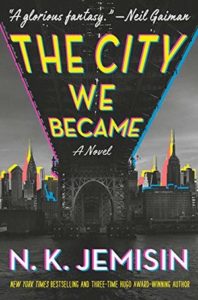
⭐️⭐️⭐️.75
The City We Became is the first in a sci-fi fantasy series where each city has a soul, who is represented in the bodies of one of its residents. New York has one for each of its buroughs. But with each city also comes a dark force that threatens its cities’ protector(s), and five New Yorkers must band together to stop it.
I used to grow tired of reading books set in New York because it is done so much, but after reading this book I realized why I felt this way, and why this book was the exception. New York is about its people more than its places, and the diversity of this book is the most real representation of New York I’ve read so far. That being said, I do think the first book was very fast paced and I wish we got more time with each of the characters (or that we didn’t meet all of the protectors until the second book).
You can read my full review on my blog here.
The Memoirs of the Mistreated: The Caged Butterfly by Jamie R. Walker
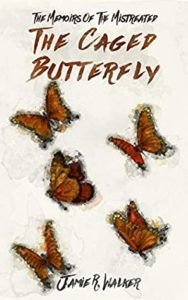
⭐️⭐️⭐️.75
The Memoirs of the Mistreated: The Caged Butterfly is a memoir-style novella. It follows an unnamed narrator and her history of abuse from her childhood years and beyond. As she grows, we learn how her years of abuse and neglect stay with her as she tries to escape the cycle.
I would normally expect that a book like this would need more time to develop, but this book emphasizes everything that it needs to. This book also intertwines lots of advice and moral conversations that are beneficial to the reader (if the reader is able to read books featuring abuse and neglect). The author is also generously donating all sales of her book to help build a school in Southeast Asia.
You can read my full review on my Goodreads here.
The Tipping Point by Malcolm Gladwell
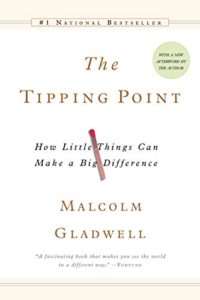
⭐️⭐️⭐️.5
The Tipping Point is Malcolm Gladwell’s deep-dive into the very point where ideas, products, and change take off and spread like wildfire. He shows how these ideas reach people – and how truly effective word of mouth can be.
Even though this book was written a couple of decades ago, I found Gladwell’s insights on word-of-mouth interesting, because I feel that is what advertisers try to emulate through social media influencers today. I also find Gladwell’s books interesting in general because he helps me think differently about concepts I thought I understood very well. The one main issue I had with this book were how some examples didn’t exactly come full-circle to what he was trying to make a point of. Despite this, it’s still a pretty interesting book.
You can find my full review on my Goodreads here.
Too Much: How Victorian Constraints Still Bind Women Today by Rachel Vorona Cote
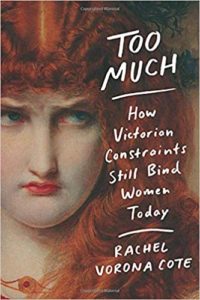
⭐️.5
Too Much provides literary examples from Victorian literature and beyond to show the constraints that women faced in that time, and how women still face those same constraints today.
I was looking forward to this books for months, and sadly iy wasn’t what I thought it would be. I thought the book would set out to do what the cover did, but it’s not organized so well, and includes so many things that its own purpose gets lost in the book. In addition to Victorian and modern examples, there’s examples of everything in-between, half of the chapters are her own memoir, and overall it was so much to include in one book that it just got too cloudy. I would love to read other books on this subject though, because I really thought this book would be a good fit for me.
You can find my full review on my blog here.
The Picture of Dorian Gray by Oscar Wilde
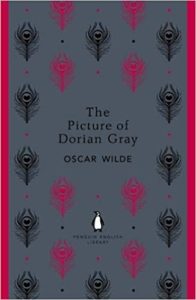
⭐️⭐️⭐️⭐️⭐️
The Picture of Dorian Gray is a formerly banned classic by Oscar Wilde. It features the possibility of being able to trade your soul for immortality and eternal beauty – and the morality that surrounds that decision.
As expected, this hit the list of one of my favorite classics! I love reading classics where they discuss, almost too blatantly, some of the themes that surround the plot itself. This book also brought on a lot of elements in its settings that I like reading. This is definitely one I’d like to re-read in the future.
The Sixth Extinction: An Unnatural History by Elizabeth Kolbert

⭐️⭐️⭐️⭐️
The Sixth Extinction covers the general history of the planet’s five mass extinctions, and how the sixth could happen. Kolbert also covers how humans have caused more invasive species and extinctions, and how some of our actions have made grave impacts to our planet.
This was a very accessible read for those interested in environmental science! There were so many topics in this book that I wanted to research further (and ended up doing so) because they were so interesting. But this book does show a lot of concerning data and studies of the direction our planet is going in. They are things we should all be aware of though!
You can read my full review on my blog here.
My Dark Vanessa by Kate Elizabeth Russell
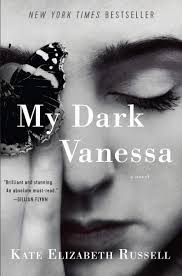
⭐️⭐️⭐️⭐️.5
My Dark Vanessa is a novel about Vanessa’s relationship with her high-school teacher, and the devastating impacts this has on her life. The novel switches between the past starting in her high school years, and the present day with her current struggles.
I originally lent this audiobook from the library, but this is a book I’d like to own. The writing was so profound and well-done, and written in such a way that I was so emotionally responsive to everything that happened. So much in fact, that there were times I had to put down the book in frustration not only for what was happening, but also for the fact that this is a common experience for so many young girls. It’s one of the more disturbing books I’ve read, but I recommend it to anyone that is able to read the book despite its content.
You can read my full review on my blog here.
Lost Girls: An Unsolved American Mystery by Robert Kolker
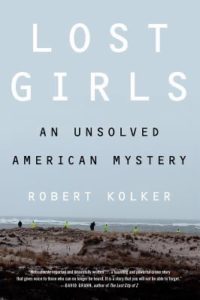
⭐️⭐️⭐️.5
Lost Girls investigates the stories of the missing women whose bodies were found on Long Island’s Ocean Parkway. Kolker explores the womens’ previous lives in-depth and tries to seek answers for this famous cold case.
I think this book did an incredible job of humanizing the victims, because they sadly did not receive the same attention because of their professions. However, there were some instances that I thought the author could have investigated in more detail, despite this being a cold case. In particular, I would have wanted to read more about the police department’s response to why Shannan Gilbert’s investigation was delayed (although this was supposedly caused by New Jersey’s missing person database). But more investigation on this could have further shown improvements we could make in our missing persons process. Despite that, I would still recommend this book.
You can read my full review on my blog here.
Levittown: The First 50 Years by Margaret Lundrigan Ferrer and Tova Navarra
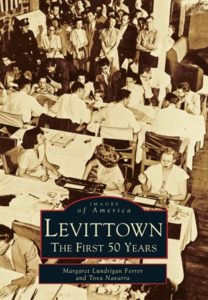
Levittown: The First 50 Years is a photographical history of Levittown’s origins and early years. It tells the story of how what is considered to be America’s first suburb was founded, and what town life was like for those early years.
There were quite a few pieces of this that I enjoyed looking back on, but overall the tone of this book felt a bit off to me. This book glorifies Levitt in such a weird way – referring to Levittown as Before Levitt(B.L.) and After Levitt(A.L.) like B.C. and A.C. . And while he did create a town perfect for veterans returning home to start families, this book nearly skims over the fact that Levittown was a segregated community for decades – something that has heavily impacted the surrounding areas, even to this day. So knowing this compared to the way the book was written felt super bizarre to me. Plus, some information was really lacking in a lot of areas in the book – things I wouldn’t expect to be too difficult to gather information on. But despite the strangeness of this book, it was nice to have a lot of the pictures of the early development and architecture available.
That’s everything I read this April. Have you read any of these? How did your April go? Let me know!
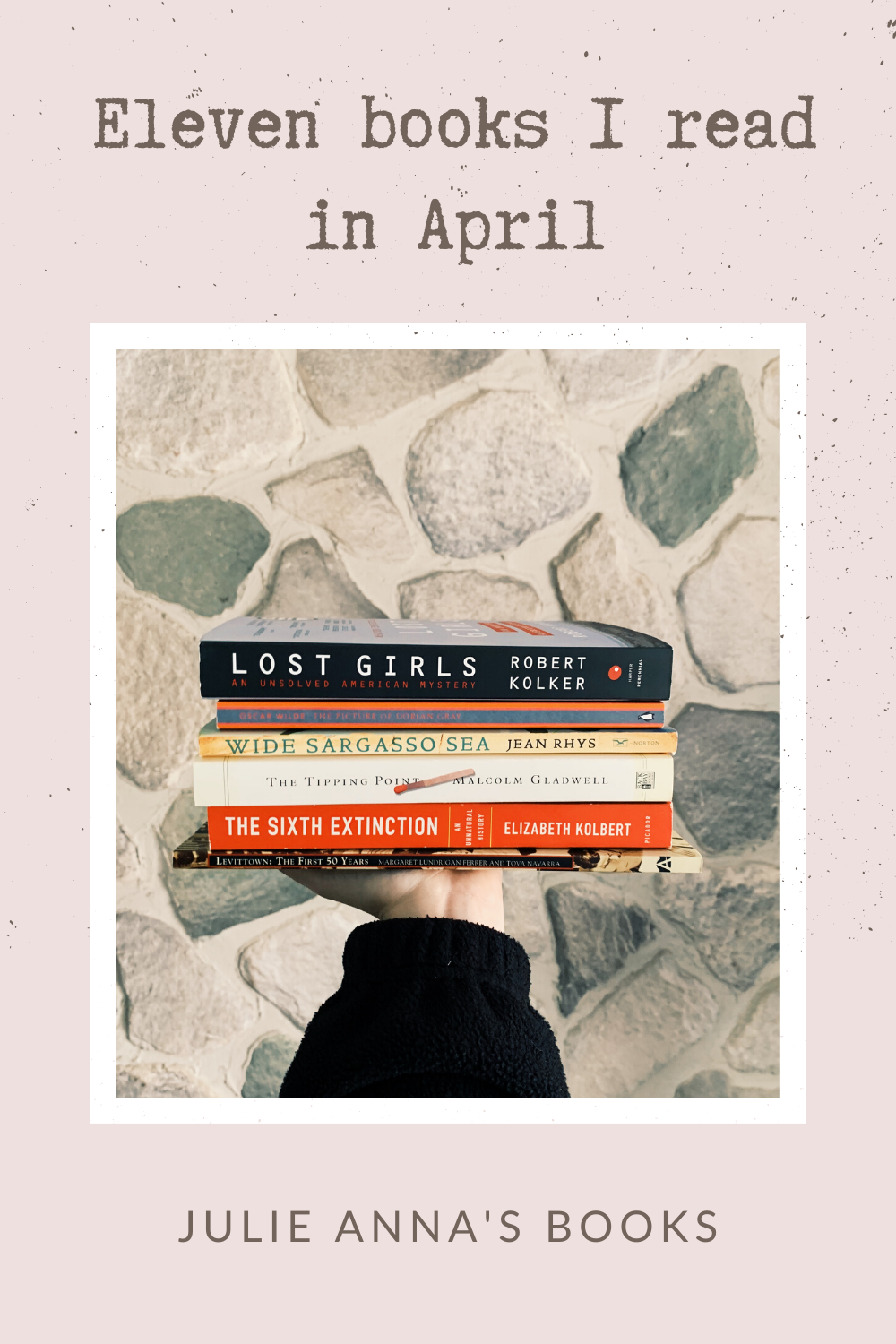



Looks like you read a lot of good books last month! I was curious about The Lost Book of Adana Moreau, and I haven’t seen many people talking about it or many reviews. I’m glad to see that you enjoyed it! Your review made me even more curious, and I’ll probably have to see if I can get my hands on a copy. :3
I didn’t read The Picture of Dorian Gray until a couple years ago, myself, and I thought I’d hate it, but I ended up really liking it, too. I loved the characters, who were (mostly) honest in their awfulness, and i loved the philosophy of it all. 😀 Here’s to hoping your May reads end up being great, too!
Thank you! Yes, I’d definitely recommend The Lost Book of Adana Moreau. It’s not a long book but for its size its very elaborate and meaningful.
I think that immoral characters are really difficult to write, but when they’re written like they were in The Picture of Dorian Gray it makes the book that much more interesting. I loved the moral / philosophical discussions too – would definitely love to read more like it! Happy reading 🙂